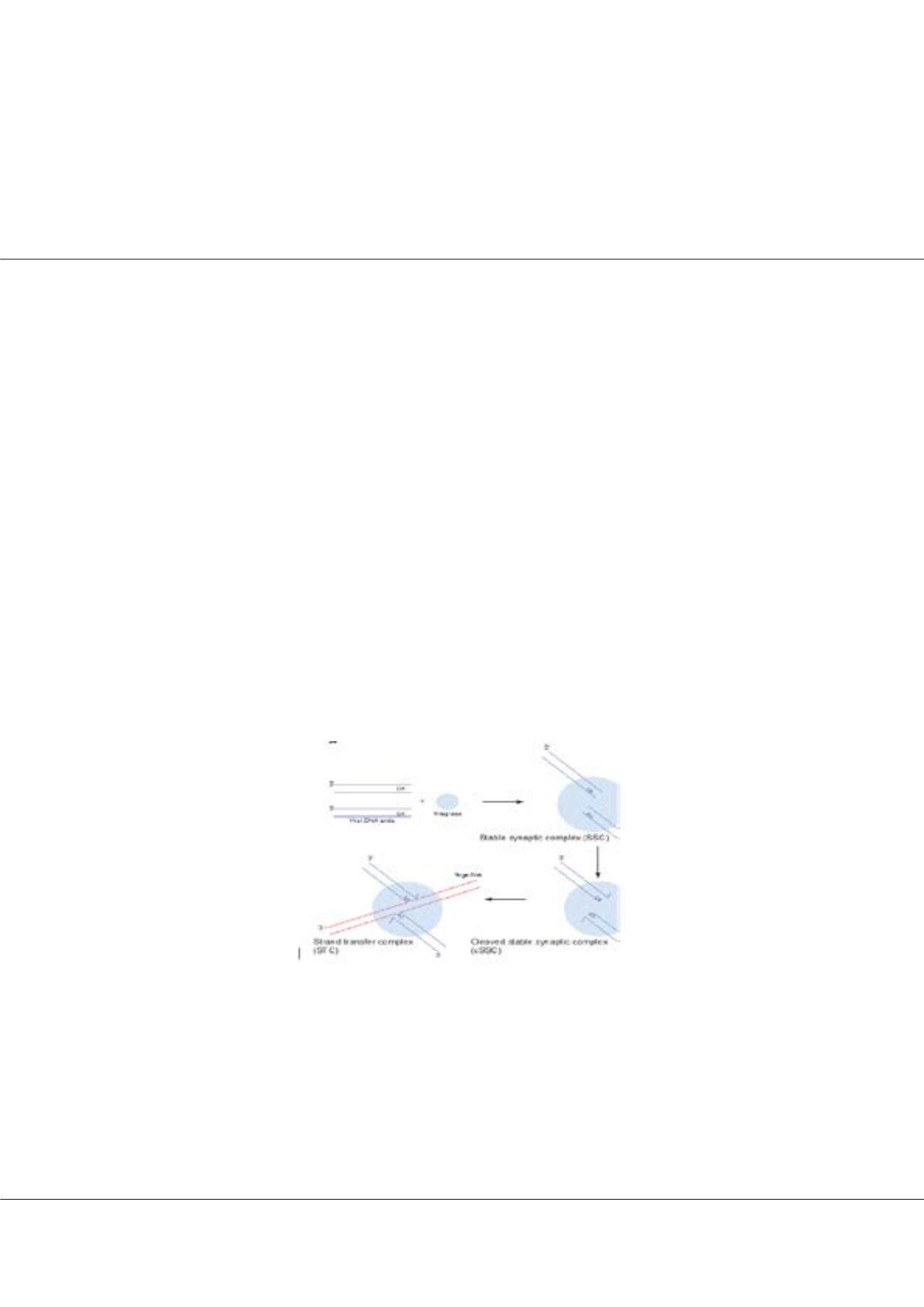

Page 43
conferenceseries
.com
Volume 10, Issue 8 (Suppl)
J Proteomics Bioinform, an open access journal
ISSN: 0974-276X
Structural Biology 2017
September 18-20, 2017
9
th
International Conference on
Structural Biology
September 18-20, 2017 Zurich, Switzerland
HIV-1 integrase assembles multiple discrete intasomes that are active for DNA integration
in vitro
Robert Craigie
National Institutes of Health, USA
Statement of the Problem:
Integration of retroviral DNA into host DNA is an essential step in the replication of HIV-1 and
other retroviruses. Integration is mediated by a nucleoprotein complex (intasome) comprising the virally encoded integrase
enzyme and a pair of viral DNA ends. The first intasome on the integration pathway is the stable synaptic complex (SSC)
in which a pair of viral DNA ends is bridged by integrase. Within the SSC, integrase then cleaves two nucleotides from the
3’ ends of the viral DNA to form the cleaved stable synaptic complex (cSSC). The cSSC captures a target DNA and a pair of
transesterification reactions covalently joins viral to target DNA. Currently approved inhibitors of HIV-1 DNA integration
target intasomes (specifically the cSSC) rather than free integrase protein, High-resolution structures of intasomes are required
to understand their detailed mechanism of action and how HIV-1 can escape by acquiring resistance.
Methodology & Strategy:
Although the structures of the individual domains of HIV-1 integrase were determined more than
two decades ago, attempts to obtain high-resolution structures of HIV-1 intasomes were unsuccessful. The main obstacles were
the propensity of both integrase and intasomes to aggregate and the low efficiency of assembly
in vitro
. We have overcome
these problems by developing a hyperactive integrase mutant that assembles intasomes that are amenable to biophysical and
structural studies. CryoEM studies of STCs reveal both tetrameric and higher order species that both share a common core
architecture with intasomes of related retroviruses. SSCs also assemble both tetrameric and higher order intasomes and both
are active for concerted DNA integration
in vitro
.
Conclusions & Significance:
The results highlight how a common core intasome architecture can be assembled in different
ways. Structures of cSSC intasomes in complexwith inhibitors will elucidate their detailedmechanismof action andmechanisms
by which HIV-1 can evolve drug resistance.
Biography
Robert Craigie is a Senior Investigator in the National Institute of Diabetes and Digestive and Kidney Diseases at the National Institutes of Health, Bethesda, MD,
USA. His research has focused on the mechanism of retroviral DNA and the structure and function of proteins and nucleoprotein complexes that mediate it.
bobc@helix.nih.govRobert Craigie, J Proteomics Bioinform 2017, 10:8(Suppl)
DOI: 10.4172/0974-276X-C1-0100


















